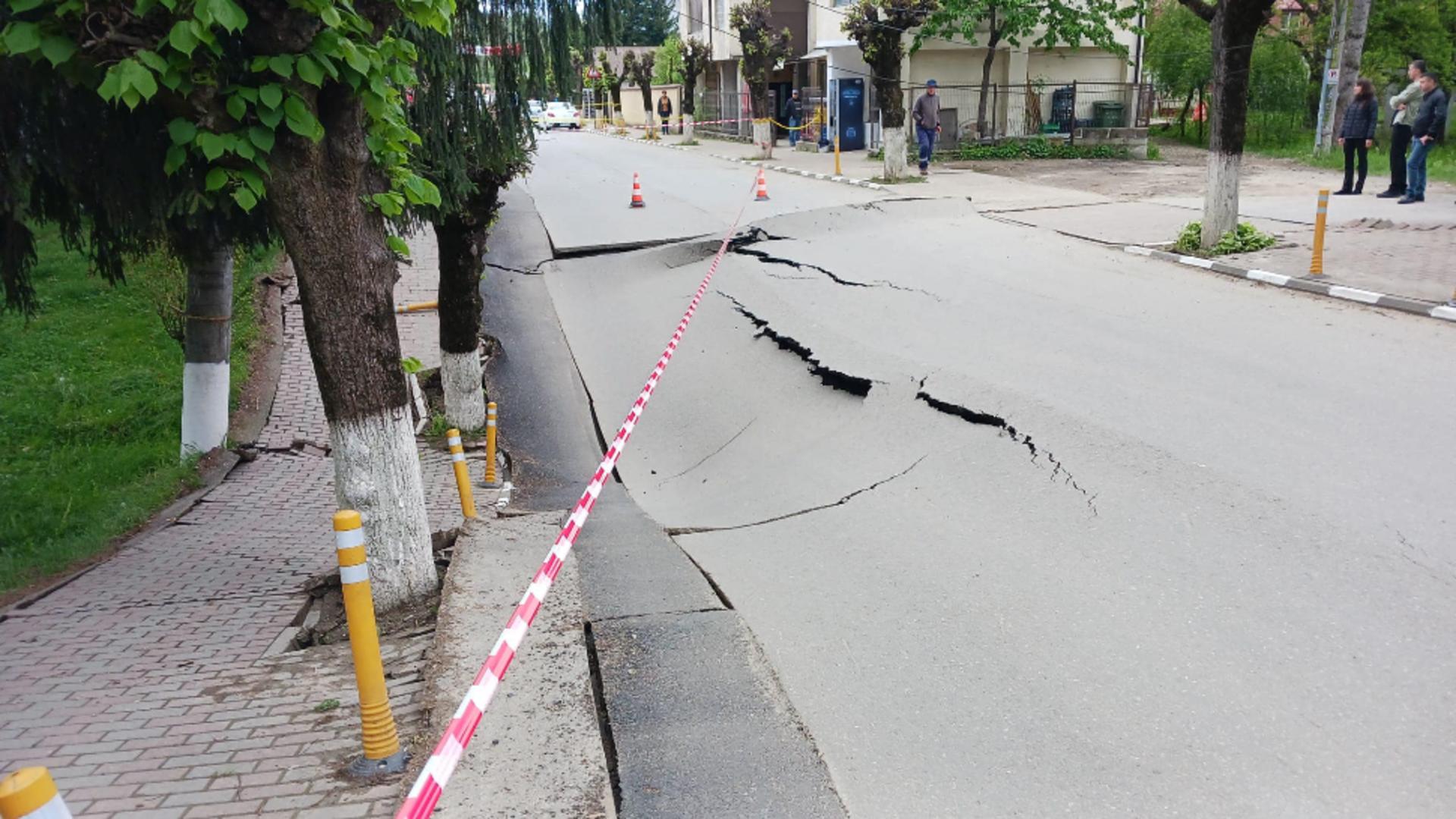A long-planned trail connecting Chicago’s East Side to New Buffalo, Michigan, is about to come one step closer to completion.
Work on the far east end of the Marquette Greenway is set to begin with a groundbreaking in New Buffalo on April 3. Though some parts of the trail have been built in Chicago and Indiana, the April work will mark the start of construction in Michigan.
Once complete, the roughly 60-mile trail is intended to provide cyclists and pedestrians access to the industrial cities, lakefront towns and Indiana Dunes National Park, all of which dot the southern edge of Lake Michigan. The project has been planned for more than a decade, but at the end of 2023 less than half the trail had been built. At least some funding is in place for most of the remaining pieces in Indiana and Michigan, according to Indiana planners.
Still, 24 miles of trail have been completed, including the western terminus in Calumet Park in Chicago. From there, the trail quickly crosses into northwest Indiana and is expected to eventually run through cities in the area, pass a steel mill and connect sections of the Dunes national park. It will then cross into Michigan for a few miles, ending in popular vacation destination New Buffalo.
Planners have said the trail could bring economic and environmental benefits to the towns it passes through, and it could help improve residents’ health and well-being. They eventually hope to connect the path to the Lakefront Trail in Chicago and to towns farther up the lakefront in Michigan, though plans for those connections are still tentative.
Many people already cycle between Chicago and New Buffalo, but for now the trip requires skill, said Marcy Hamilton with the Southwest Michigan Planning Commission. The trail will make the journey accessible to less advanced cyclists, putting bikes on a safe, separated path, she said.
It will also provide recreational opportunities for the nearly 200,000 people who live within a mile-and-a-half of the trail, she said.
“I really think this trail is going to be transformational for the region,” she said.
Creating the path hasn’t been straightforward, planners have said. The path doesn’t follow a ready-made corridor, like others that follow old railroad tracks, and planners are trying to create a path in areas that have already been built up with other uses over the years, said Diane Pyshos, a volunteer with Friends of Berrien County Trails who has worked on the project.
DJ Lopez, of Highland, Indiana, takes his skateboard down the Burns Harbor leg of the Marquette Greenway Trail shortly after a celebration of its opening on, June 4, 2021. (Kyle Telechan/for the Chicago Tribune)
The Michigan portion of the trail involved working with Amtrak to get an easement along U.S. 12 to make room for the trail.
Now, officials are planning work on the nearly $7 million Michigan portion in two phases, beginning in April. The first phase, expected to be finished this year, will include a 10-foot wide paved path along U.S. 12 from downtown New Buffalo south for about 3 miles. Work will include creating a trailhead with parking, a picnic area, and a bike repair station.
The second phase is planned to be built in 2025, and will run a little less than a mile, connecting the first phase to the Michigan-Indiana state line, Hamilton said.
The Michigan portion of the trail is largely funded by federal and state grants, local municipalities, donations from more than 200 sources, a local foundation and the Michigan Department of Transportation, which stepped in with an extra $1.1 million when bids for the project came in over estimates, Michigan planners said.
Once the Michigan portion of the trail is finished, nearly half the trail will be built. The remaining sections in Indiana could be built by 2030, or earlier, said Mitch Barloga with the Northwestern Indiana Regional Planning Commission.
The trail has the potential to draw people from a variety of backgrounds, Pyshos said. She envisons use by people of various ages and abilities, families and single pedestrians or cyclists.
“It really is unifying in a time in our society that is not such a unifying time,” she said.





